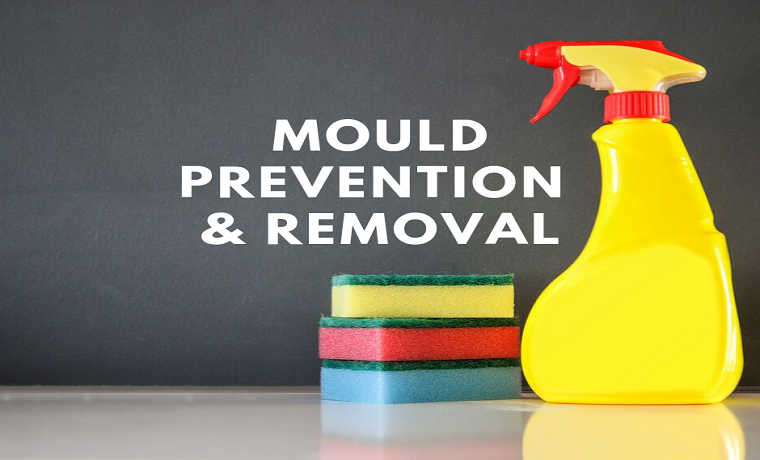As a result of the ongoing COVID-19 pandemic and its subsequent lockdown measures, families have spent more time indoors this past year. For the most part, it’s been a positive experience. More time indoors means more opportunities for communal activities and family bonding. But there’s no denying that it’s also been challenging.
By nature, people aren’t meant to be cooped up for this long inside. Aside from the toll it has taken on many people’s mental health, being inside for prolonged periods may also pose some physical risks. In this article, let’s explore a hidden consequence of increased at-home time: mould.

How Mould Grows
Mould grows in warm, moist environments. In the home, increased condensation is the main culprit. Condensation comes from many sources: showering, washing and cooking, to name a few. With the whole family at home, chances are you’ve seen an uptick in those activities.
When condensation settles on porous materials – like wood, carpeting, fabric, insulation and ceiling tiles – it provides an ideal environment for mould spores to proliferate. If left unchecked, these spores will continue to grow into mould splotches.
Mould, Mildew, and Your Health
For healthy people, mould may cause allergy-like symptoms. You or a family member may experience itchy eyes, a runny nose, a cough or a sore throat.
However, for people with asthma, allergies or compromised immune systems, the risks are higher – mould may trigger a serious reaction. Mould may also severely impact infants, according to studies cited by the Centers for Disease Control and Prevention.
Regardless of the health or age of your home’s occupants, the bottom line is this: You don’t want mould hanging around your house.
How to Prevent the Spread of Mould
A little mould may be inevitable. Nevertheless, you can take proactive steps to create a less hospitable environment for mould growth and stop existing mould from multiplying.
- Test for Mould in the Home: It can be hard to tell whether you’re looking at a patch of mould or a spot of dirt. To determine if it’s mould, dab the area with a bit of bleach. After a few minutes, if the dark spot lightens, you are dealing with mould.
- Cross-Ventilate with New Window Installations: If your home has a scarcity of operable windows (that is, windows that open and close), consider installing more. Operable window types allow you to cross-ventilate, displacing mould-friendly humid air with fresh air. As a bonus, they also let in natural light, which boosts the body’s vitamin D production – an essential vitamin for a healthy immune system.
- Use Mould-Resistant Paint: These paints form a film that makes it hard for mould to penetrate. They also contain fungicides that kill any spores that happen to take hold.
- Invest in a Hygrometer and Dehumidifier: In your efforts to dehumidify your home, you don’t want to take it too Homes need a baseline relative humidity, or else certain features may warp and dry out. A hygrometer allows you to measure for the ideal relative humidity, while a dehumidifier lets you control moisture.
To summarize, as the family spends more time indoors, the risks of mould growth increase. These unassuming spores can be harmless, but they may also trigger severe reactions. To prevent mould growth, limit condensation with operable windows and a dehumidifier, and kill mould with fungicidal paint and household cleaners.

